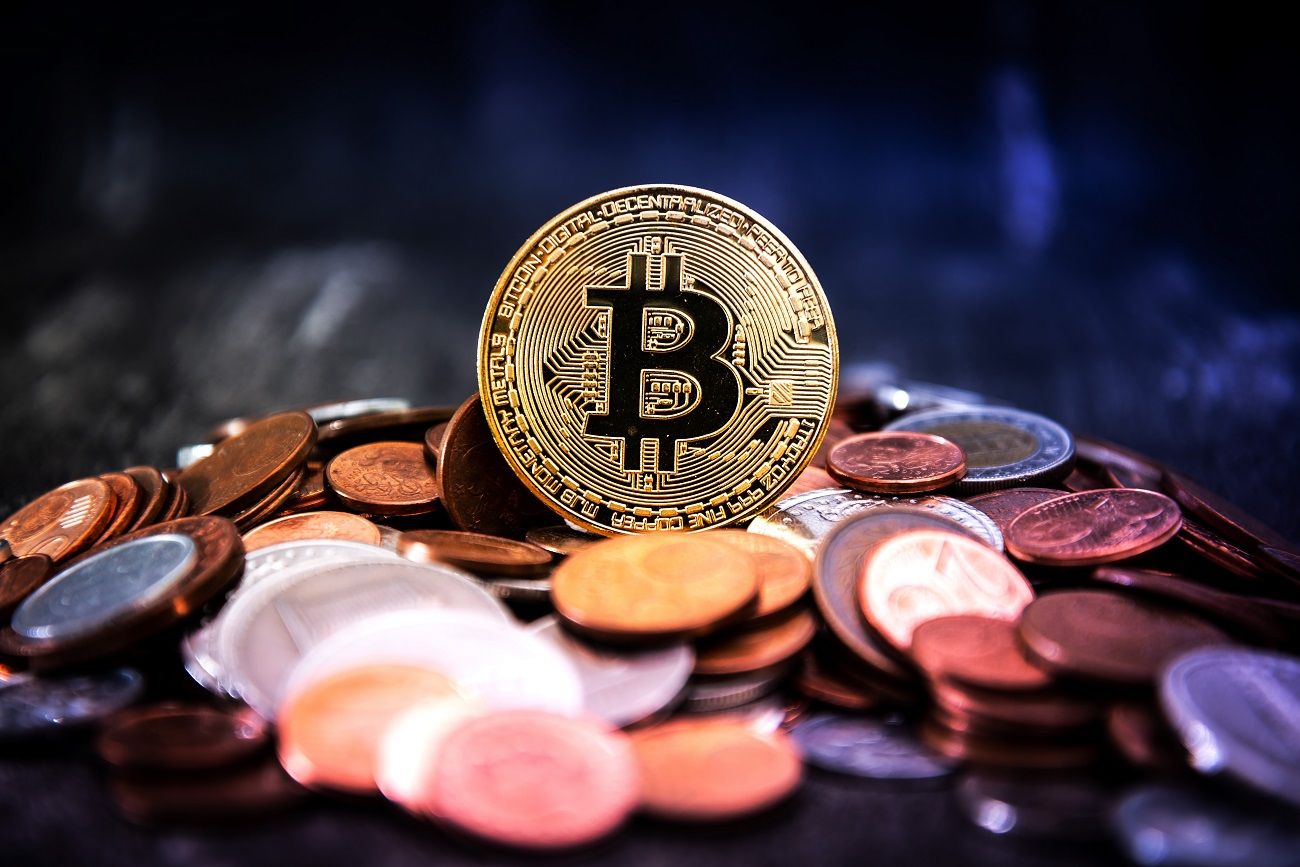Bitcoin prices have stayed in the green for most trading sessions in the past month. Many analysts predict that the main cause behind the rise of Bitcoin is the traction behind Spot Bitcoin ETFs. Expectations by market participants have largely loomed that retail investor uptick has caused Bitcoin to trade above a certain level.
However, a recent report by 10X Research highlights that Bitcoin prices have a greater connection with inflation numbers than retail investors.
Inflation Data Drives Bitcoin Prices
The research emphasizes that after Bitcoin ETFs were approved, billions of dollars were invested in the digital asset. However, trading remained within a certain range, largely due to Grayscale’s outflows.
Meanwhile, both ETFs and Bitcoin prices rebounded the following month when inflation data aligned with market expectations. Stable inflation suggested a potential decrease in the Federal Reserve’s interest rate.
Historically, investors have heavily considered the Federal Reserve’s interest rate decisions when evaluating assets. Government securities typically lose value when interest rates are low, making virtual assets like Bitcoin more attractive.
The announcement of the Fed’s interest rate cut and the potential delay in rate reduction caused market volatility for cryptocurrencies. As a result, investors may opt to temporarily hold onto traditional assets. Moreover, a strong economy drives demand for investments, with prosperous economies favoring riskier business ventures.
Bitcoin experienced a drop from $73,000 to $60,000, but a reassuring statement from the dovish Fed Chair on March 20, confirming the anticipation of three rate cuts in 2024, stabilized the market.
On April 10, similar market dynamics occurred when the Consumer Price Index (CPI) showed higher-than-expected growth of 3.5%, leading to another Bitcoin selloff, with prices dropping to $56,500 due to weak Hong Kong ETF flows.
Do Retail Investors Play a Role?
A March Reuters report highlighted that retailers continue to be the main drivers of Bitcoin price action. However, the ones that have kept the prices afloat are the institutions. Institutional investors are major actors like cryptocurrency exchanges and investment firms, whereas retail investors are individual investors who make investments for their own gain.
According to the 10X Research, Bitcoin reached a critical turning point two weeks ago. However, Retail flows (as measured by volumes in Korea) have remained weak, indicating that retail does not stand as a firm contributor.
With the expected influence, if inflation is 3.3% or less in the future, Bitcoin is expected to reach a new peak. This ought to keep giving investors in Bitcoin Spot ETF “fuel” to allocate to Bitcoin and maintain prices.
Not only is inflation becoming a medium-strong tailwind, but it will fall as we approach the end of summer, so it will probably become an even stronger tailwind for Bitcoin prices.












